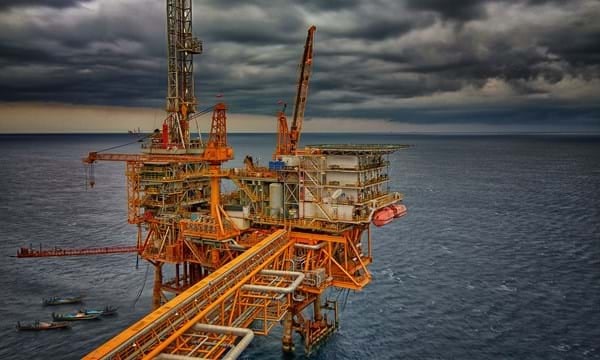As President Donald Trump’s aggressive tariff strategy continues to jolt the global economy, a new report from Wood Mackenzie reveals that the U.S. energy sector is among the most vulnerable. The unfolding tariff war is expected to slow global growth, suppress commodity demand, and threaten the stability of global markets—especially oil.
“Liberation Day” Tariffs: A Tidal Wave of Impact
On April 9, sweeping new tariffs will come into effect, referred to by Trump as “Liberation Day”. According to Ed Crooks, Vice Chair Americas at Wood Mackenzie:
“The impacts are anticipated to be complex and far-reaching, with rising costs and weaker demand already evident.”
These tariffs are triggering worldwide retaliation and uncertainty. Markets reacted swiftly:
- S&P 500 plunged 10.5% (Apr 2–4)
- Brent crude fell 12%, closing at $66/barrel
- European TTF gas benchmark dropped 11%
- Henry Hub (U.S.) gas benchmark fell 5%
Demand Crash and Volatility in Energy Markets
The volatility is intense, raising fears of a broader market crash. Crooks adds that tariff uncertainty is deterring new investments in energy infrastructure:
“The tariffs could lead to significant cost increases in the power industry supply chain.”
Read Also: Donald Trump’s deluded tariffs are disastrous for America and the world
Oil Market in Chaos: Demand & Supply Destruction
Ole Hansen, Head of Commodity Strategy at Saxo Bank, painted a grim picture:
“Crude oil is heading for its worst week in a year… Brent crude tumbled more than 11%, breaching strong support at $68.”
Additional blows to the market included:
- China’s 34% retaliatory tariffs on U.S. goods
- OPEC+ production hikes, worsening oversupply fears
- Sanctions & tariffs impacting Venezuela, Iran, and Russia
Hansen continues:
“We’re entering not just demand destruction, but also supply destruction from high-cost producers—many of them in the U.S.”
Investment Paralysis & Economic Uncertainty
President Trump refers to the turmoil as an “economic revolution”, stating on Truth Social:
“It won’t be easy, but the end result will be historic.”
But analysts warn of a double-edged sword. Crooks explains:
“Uncertainty over tariff liabilities, and future changes in rates, acts as a deterrent to investment across the board.”
The Bigger Picture: Recession Fears Mounting
Forecasts are turning bleak:
- Global oil demand projections slashed:
- 2025: Down to +900,000 b/d
- 2026: Just +500,000 b/d
- Lower refining margins and profitability concerns
“Oil producers face a challenging outlook,” said Crooks.
Jacob Falkencrone, Saxo Bank’s Global Head of Investment Strategy, adds historical context:
“Trump’s tariffs echo the 1930 Smoot-Hawley Tariff Act, which deepened the Great Depression. Today’s protectionism is even worse.”
And with China’s retaliation and European tariffs on the horizon, the risk of global stagflation is rising. Major banks like JPMorgan now place a 60% chance of global recession this year.
OPEC+ & Global Power Shift
While some OPEC+ members ramp up production, U.S. producers—especially high-cost ones—may be forced to scale back. Hansen explains:
“‘Drill, baby, drill’ can’t happen without hurting U.S. output. This opens doors for GCC nations like Saudi Arabia, UAE, and Kuwait to grab market share.”
Conclusion: Turbulent Times Ahead
The combination of Trump’s tariffs, global retaliation, and energy market instability is pushing the U.S. and global economy toward uncertain territory.
“Markets are reacting. Governments are negotiating. But as things stand—businesses, investors, and consumers must brace for economic headwinds,” Crooks warned.

